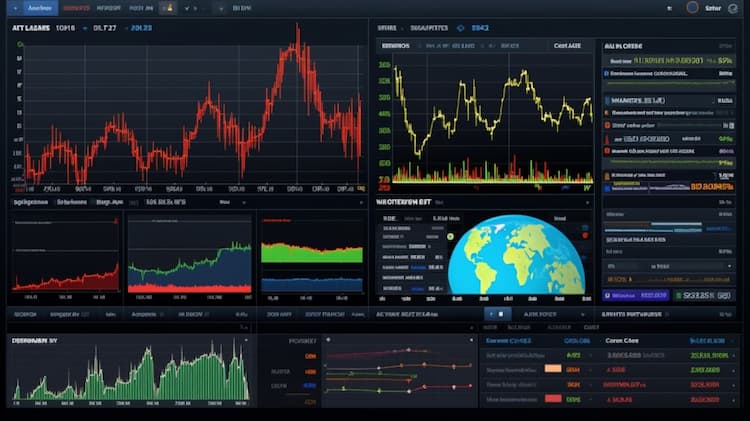
VHT VS XBI
Exchange-Traded Funds (ETFs) have transformed the landscape of investing, providing investors with a diversified and accessible way to gain exposure to various sectors and asset classes. In this article, we will conduct an in-depth comparison between two prominent ETFs: VHT (Vanguard Health Care ETF) and XBI (SPDR S&P Biotech ETF). We'll delve into key aspects such as ETF tickers, full names, issuers, sectors, top holdings, capitalization, strategy, tracking, and exposure.
VHT Vs XBI: Overview
VHT and XBI are two distinct ETFs that offer exposure to different segments of the healthcare industry. While VHT focuses on the broader healthcare sector, XBI zeroes in on the biotechnology industry. This distinction in investment focus results in unique risk-reward profiles and potential returns, which we'll explore in detail below.
VHT Vs XBI: Sectors and Top Holdings
VHT, the Vanguard Health Care ETF, provides investors with exposure to a wide array of healthcare subsectors, including pharmaceuticals, biotechnology, healthcare equipment, and more. Its top holdings may include companies like Johnson & Johnson, Pfizer, and UnitedHealth Group. On the other hand, XBI, the SPDR S&P Biotech ETF, concentrates on biotechnology firms such as Moderna, Amgen, and Gilead Sciences. Understanding these sectors and top holdings is crucial for investors seeking targeted exposure within the healthcare realm.
 VHT overlap VHT VS XBI
VHT overlap VHT VS XBI
VHT Vs XBI: Capitalization and Strategy
VHT boasts a substantial asset under management (AUM), indicating its popularity among investors interested in the healthcare sector's potential for growth. XBI's strategy revolves around capturing the performance of biotechnology companies, which can be more volatile but offer higher growth potential. The differences in capitalization and strategy between these two ETFs lead to distinct risk and return dynamics, necessitating careful consideration for investors.
VHT Vs XBI: Tracking and Exposure
VHT aims to mirror the performance of the MSCI US Investable Market Health Care 25/50 Index, providing investors with comprehensive exposure to the broader healthcare sector. XBI, on the other hand, tracks an index of biotechnology companies within the S&P Total Market Index, offering focused exposure to this specific sub-industry. Understanding the tracking methodologies and exposure strategies is essential for investors seeking alignment with their investment goals.
Conclusion
VHT and XBI are unique ETFs, each catering to distinct investor preferences within the healthcare and biotechnology sectors. For those looking to gain deeper insights into the holdings, correlations, overlaps, and other critical information, ETF Insider serves as an invaluable tool. This user-friendly app empowers investors with comprehensive insights into these financial instruments and more.
Disclaimer: This article does not provide any investment advisory services.
Sources:
Vanguard Health Care ETF (VHT) Fact Sheet. Vanguard. [Link]
SPDR S&P Biotech ETF (XBI) Fact Sheet. State Street Global Advisors. [Link]
VHT quote and analysis
Discover the top holdings, correlations, and overlaps of ETFs using our visualization tool.
Our app allows you to build and track your portfolio.
To learn more about the VHT Vanguard Health Care ETF, access our dedicated page now.
FAQ
Why is VHT better than XBI?
VHT may be considered better than XBI for some investors due to its specific focus, offering diversification.
Does XBI beat VHT?
XBI's performance relative to VHT will vary over time, depending on market conditions.
Should I invest in VHT or XBI?
The choice between VHT and XBI should align with your investment goals, risk tolerance, and desired exposure.
Are VHT and XBI good investments?
Both VHT and XBI can be suitable investments depending on individual investment strategies, goals, and risk profiles.
What is the correlation between VHT and XBI?
The correlation between VHT and XBI can vary over time, reflecting differences in performance.





